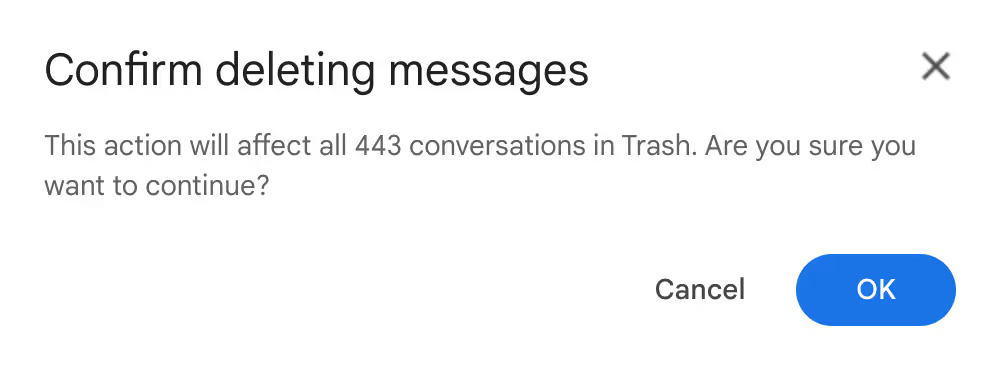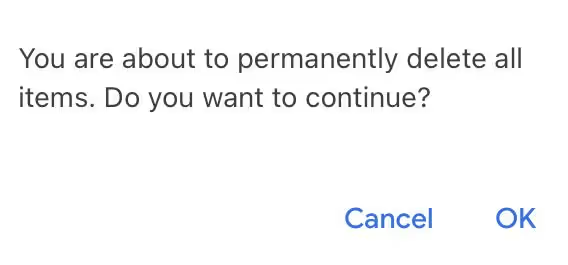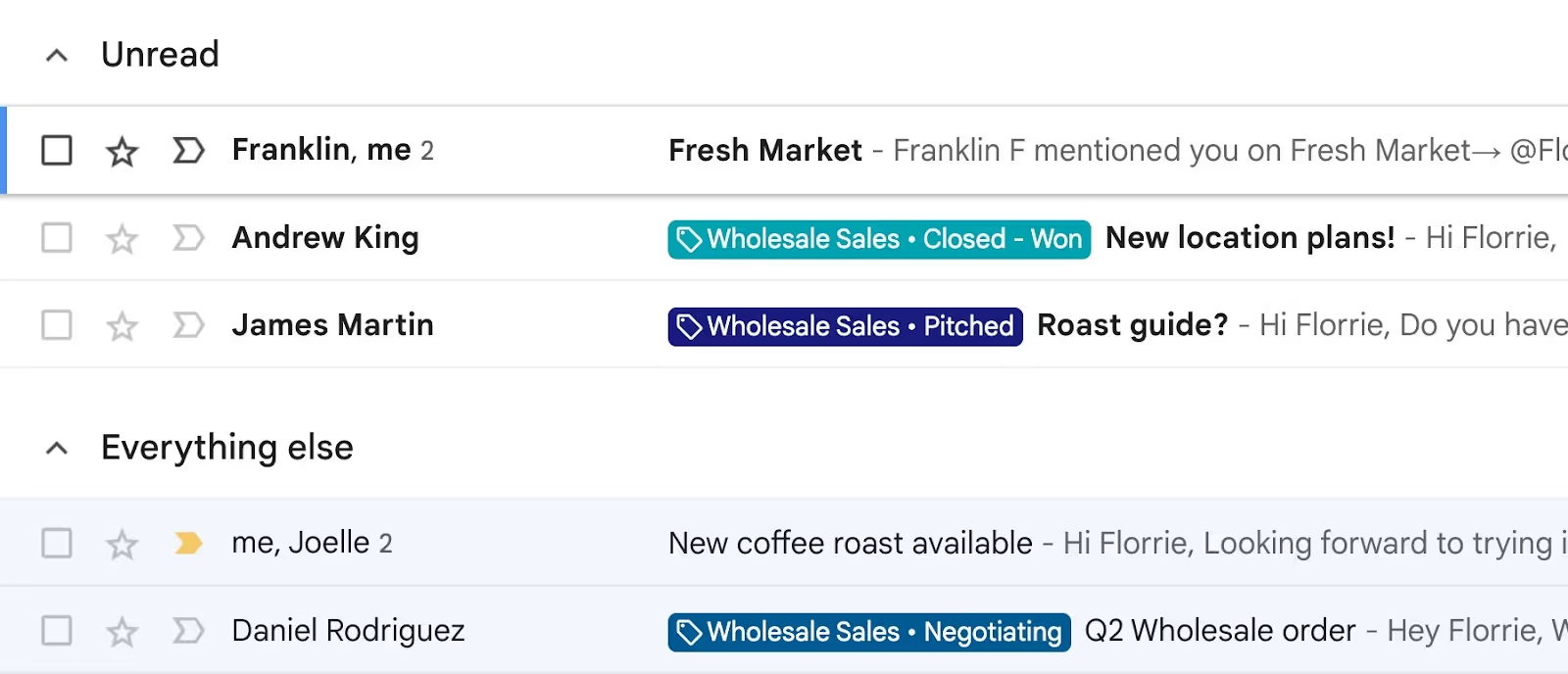How to unarchive an email in Gmail
Step-by-step instructions to find archived emails and unarchive them in Gmail whether you're using a desktop browser or a mobile device.
It’s that time of year again: spring cleaning. While most people focus on physical clutter and disorganization, it’s worth doing digital cleaning occasionally, too. Start by taking out the trash – in Gmail, that is.
Did you know that Gmail stores emails you delete in the trash folder for 30 days? After 30 days, Gmail automatically deletes those emails permanently, but until then they continue taking up space in your Gmail inbox.
If you don’t want your unwanted emails to stick around, don’t worry. Gmail allows you to manually empty your trash whenever you want with just a few clicks.
Let’s break down how to empty trash in Gmail, plus some other strategies for organizing your inbox.
<a href="#how-to-empty-trash-in-gmail" class="anchor-link">How to Empty Trash in Gmail</a>
<a href="#why-would-you-empty-gmail-trash" class="anchor-link">Why Would You Empty Gmail Trash?</a>
<a href="#whats-the-difference-between-deleting-and-archiving-emails" class="anchor-link">Difference Between Deleting and Archiving Emails</a>
<a href="#other-ways-to-manage-and-organize-your-inbox" class="anchor-link">Other Ways to Manage and Organize Your Inbox</a>
<div class="anchor-wrapper"><div id="how-to-empty-trash-in-gmail" class="anchor-target"></div></div>
Empty your Gmail trash folder through the desktop or mobile app. Here’s how to empty trash in Gmail both ways:


The process for emptying trash on the Gmail mobile app is similar. Follow these steps:




<div class="anchor-wrapper"><div id="why-would-you-empty-gmail-trash" class="anchor-target"></div></div>
If Gmail automatically clears emails from your trash folder after 30 days, why would you need to know how to empty the trash in Gmail? There are a few reasons.
<div class="anchor-wrapper"><div id="protecting-sensitive-information" class="anchor-target"></div></div>
One reason why you might want to empty your Gmail trash is to protect your sensitive information. For example, suppose you recently deleted emails containing sensitive information like your date of birth, passwords, social security number, or bank account details. In that case, you shouldn’t let those emails sit in your trash folder for 30 days.
Even though Gmail’s security is very strong, it’s better to be safe than sorry. Go into your Gmail trash and permanently delete sensitive emails to ensure no one can access the information.
<div class="anchor-wrapper"><div id="freeing-up-storage-space" class="anchor-target"></div></div>
Emptying the trash will also free up storage space on your Gmail account. If you’re nearing the storage limit on your account, clear the trash to gain some space back. Depending on how many emails you delete in a month, emptying the trash could make a big difference.
<div class="anchor-wrapper"><div id="decluttering-and-staying-organized" class="anchor-target"></div></div>
Some people consider emptying their email trash folders part of staying organized online. You may not want to accumulate excess deleted emails, and emptying your trash folder is the solution.
<div class="anchor-wrapper"><div id="whats-the-difference-between-deleting-and-archiving-emails" class="anchor-target"></div></div>
Deleting emails and emptying the trash removes those emails permanently. But what if you want to remove emails from your inbox but don’t want them to disappear entirely? That’s what the archive feature is for.
When you archive an email in Gmail, it leaves your inbox but remains saved in your Gmail account. You can find archived emails later by going to “All mail” or searching for these emails with the Search function.
<div class="anchor-wrapper"><div id="other-ways-to-manage-and-organize-your-inbox" class="anchor-target"></div></div>
Beyond regularly emptying your Gmail trash folder, there are several other ways to manage and organize your inbox, including:
External tools will also help you manage and organize your inbox beyond Gmail’s features. Streak, for instance, allows you to organize emails by adding them to pipelines. Once added, your emails receive color-coded custom labels — see at a glance what each email pertains to.

Add emails to your Streak pipelines manually or let Streak automatically add emails to pipelines based on the contacts involved. If the contacts or organizations are already in your pipelines, Streak will add future emails from those senders to the appropriate pipeline.
Try Streak for free by downloading the browser extension from the Chrome web store or the Mac app store for Safari.
